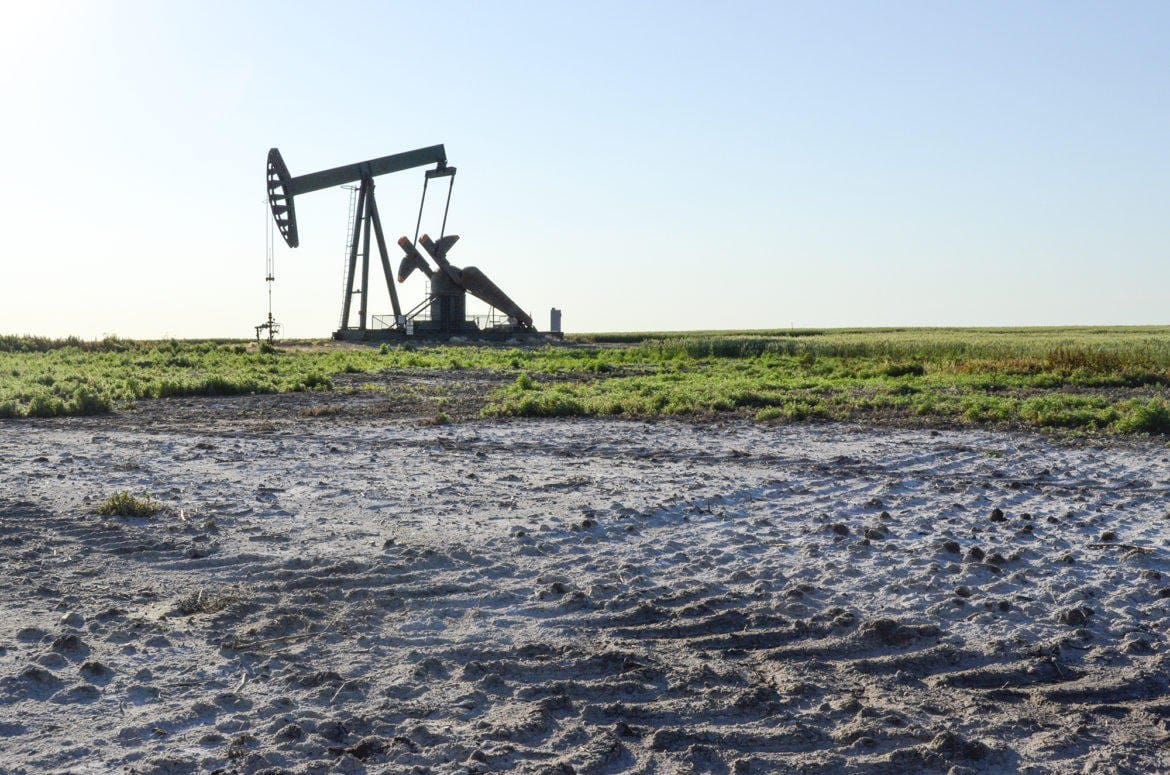Oil industry in figures in Albania, 2019
Albania is rated as one of Europe’s richest countries in onshore hydrocarbon reserves, relatively up to 220mn barrels and 5.7bn cubic meters of natural gas. According to Albanian Energy Association (AEA), Albania is estimated to have reserves up to 277 million barrels. Patos-Marinëz-Kolonjë oil area is recognized as the largest oil field in continental Europe. But facts presented in industry reports show that only 2.5 per cent was exploited between 2004 and 2018. In total, 16 total oil and gas exploration and production sharing agreements (PSA) have been signed, of which 7 companies engaged in extracting crude oil in the southern part of Albania and 4 companies engaged in exploration activities.
The total investment in the research and exploration of oil and gas, at least in last year’s accounts up to €1.25 billion, where the 1/3 of that is invested directly from Shell company, which is active in last 6 years, with adding apparent investment of €42.5 million starting from 2018 after a very positive discovery in the Shpiragu-2 oilfield.
According to official data, Bankers Petroleum, the country’s largest oil producer which in mid-2016 was fully acquired by China’s Geo Jade, accounts for the overwhelming majority of 89 percent of total domestic production, while Albpetrol sh.a. production (the state-owned company) accounted for about 6% of domestic output.
Albania produced 910.000 metric of tons of crude oil in 2018 and 956,000 metric tons of crude oil in 2017, down about 5 percent compared to 2017 and about 47 percent less compared to the peak 2014 production of 1.36 million metric tons. Experts from extractive industry say that companies investing in the industry have not managed to cover the respective costs, and consequently Albania has benefited from less than 2 per cent of the value of production so far. Albania’s highest oil production dates back to 1974 when the then-communist country produced 2.25 million metric tons equal to about 38,408 barrels of oil per day in an industry that involved 34 state-run enterprises and employed about 25,000 people. The oil industry produces Albania’s second largest exports and employs more than 3,000 people.
Most oil extracted in Albania is exported as crude, making it a low value-added product and a portion of it goes to a local refinery which has changed hands several times following its failed 2008 privatization, going bankrupt and closing down several times.
Albanian government gets from exports only a 10 percent royalty tax as no company currently pays the 50 percent corporate income rate, which under current contracts, concessionaires start paying once they meet investment costs. Albania’s Supreme State Audit Institution (SSAI) completed a performance audit for ‘Procedures and Outcomes of Petroleum Agreements in Albania’ at the beginning of 2017, noting that the impact on the economy of using underground assets has been minimal, both in terms of the effect on employment and budget revenues.




Leave a Reply
You must be logged in to post a comment.